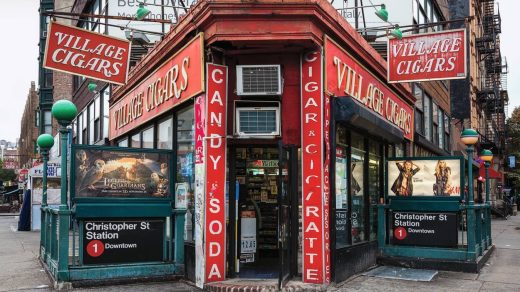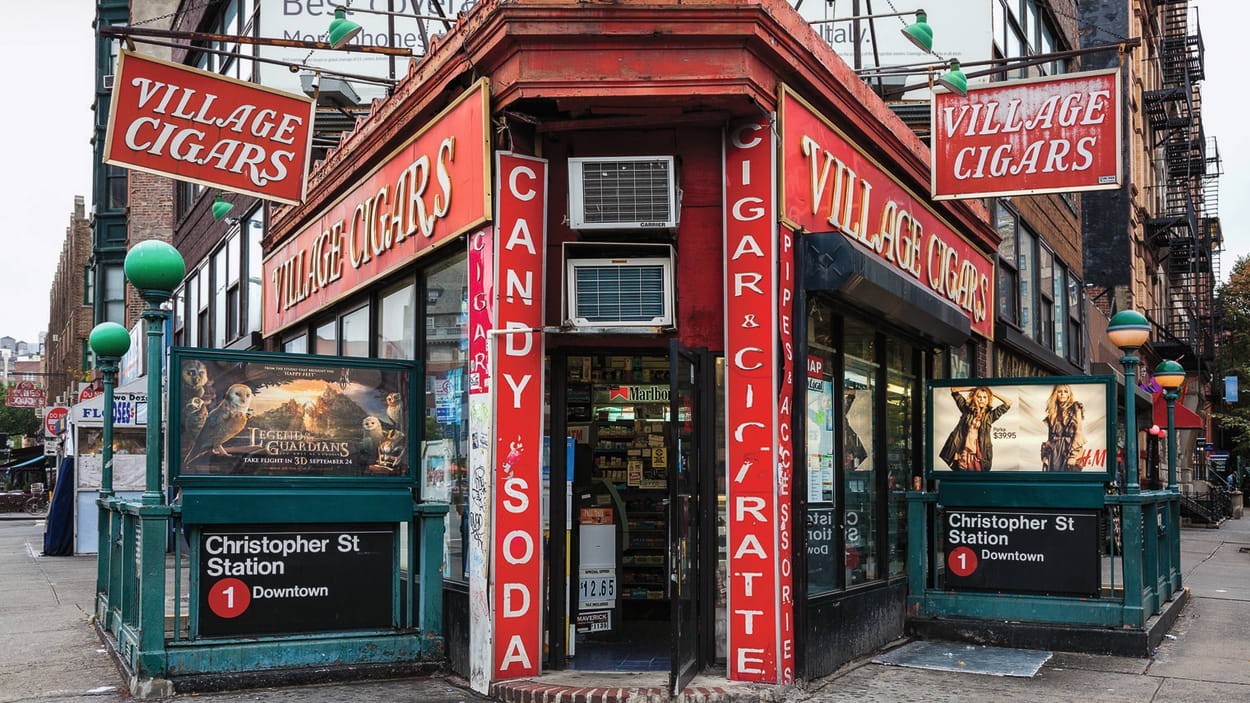New York City’s mom-and-pop shops are dying off. That’s a problem for all cities
Quick, New Yorkers, if I blindfold you and drop you off in front of a storefront with a red awning that reads Balthazar, will you know where you are? Soho, of course. And if I whisk you away to Stonewall Inn? Duh, Greenwich Village. But what if instead, I plonked you in front of Blank Street Coffee, with no other road signs in sight? Would you be able to orient yourself? Of course not, because New York City is now riddled with 40 of them, each of them a bland duplicate of the other.
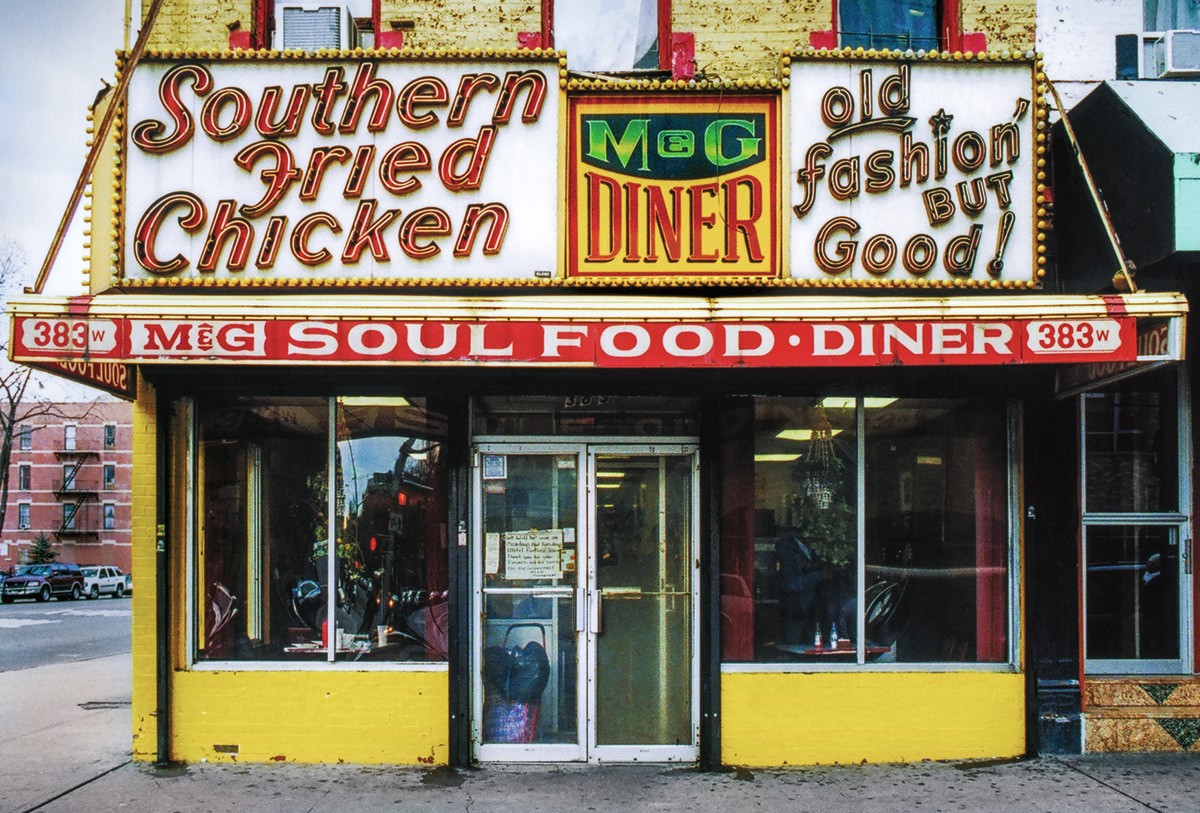
Mom-and-pop shops—be it boutiques, bakeries, delis, butchers—serve as a compass in any city. With their bright neon signs and ever-so-distinct personalities, they define neighborhoods and offer a glimpse into the people who live there. Little Italy is dotted with Italian restaurants because at its peak in 1910, it was home to more than 10,000 Italian immigrants. Reynold’s Irish bar in Washington Heights closed in 2015, but it’s a reminder that the now predominantly Hispanic neighborhood was once an enclave for the Irish after the Great Potato Famine.
Mom-and-pop shops are cornerstones every community, but they are dying under the pressure of rising rents and giant online stores like Amazon. This isn’t news to anyone, of course. Small businesses have been dying for decades. But for husband-and-wife photographer duo James and Karla Murray, there is still joy and hope to be found.
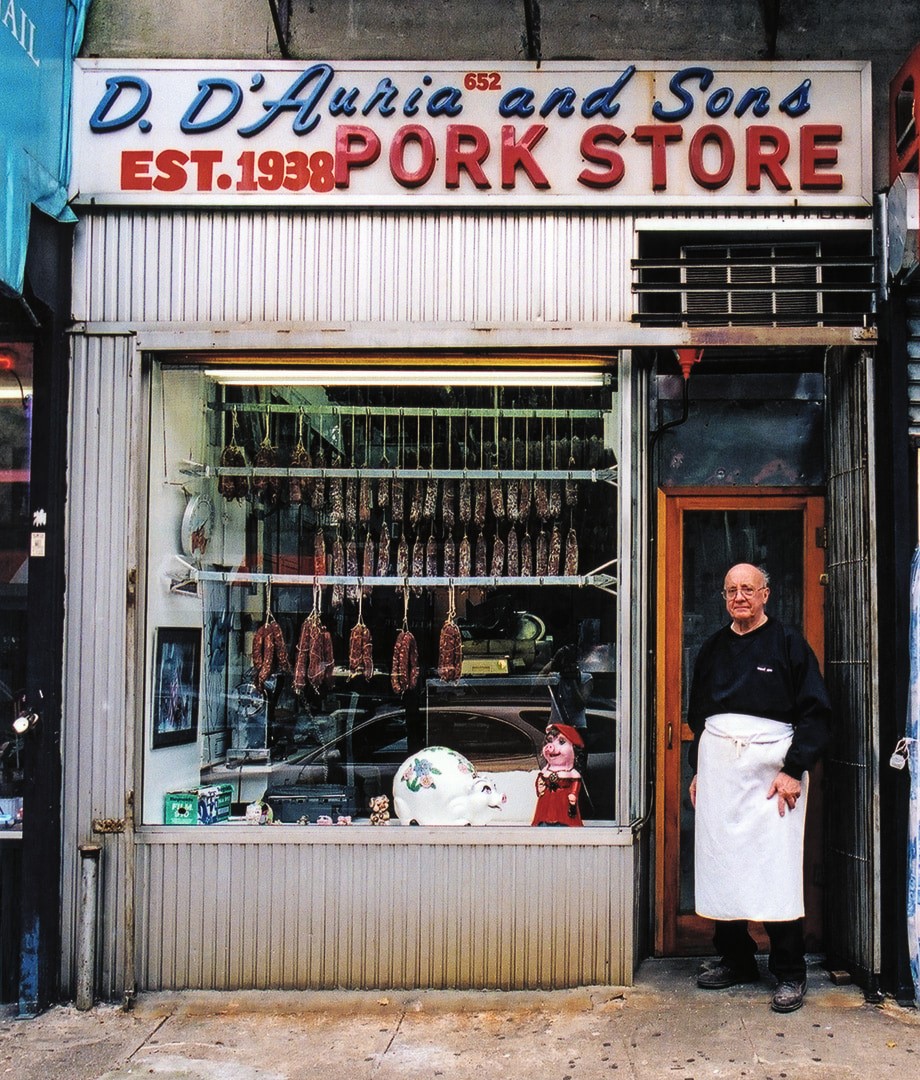
The Murrays have been documenting the life and death of mom-and-pop shops in New York City for more than 20 years. Their first book on the subject was published in 2008, and since then more than 80% of the stores they featured in that book have vanished. Since they published their follow-up book in 2015, almost half of the stores featured in that book closed. Now, for their third installment, titled Store Front NYC, the Murrays didn’t just want to build a catalog of the past; they wanted to build an inventory for the future.
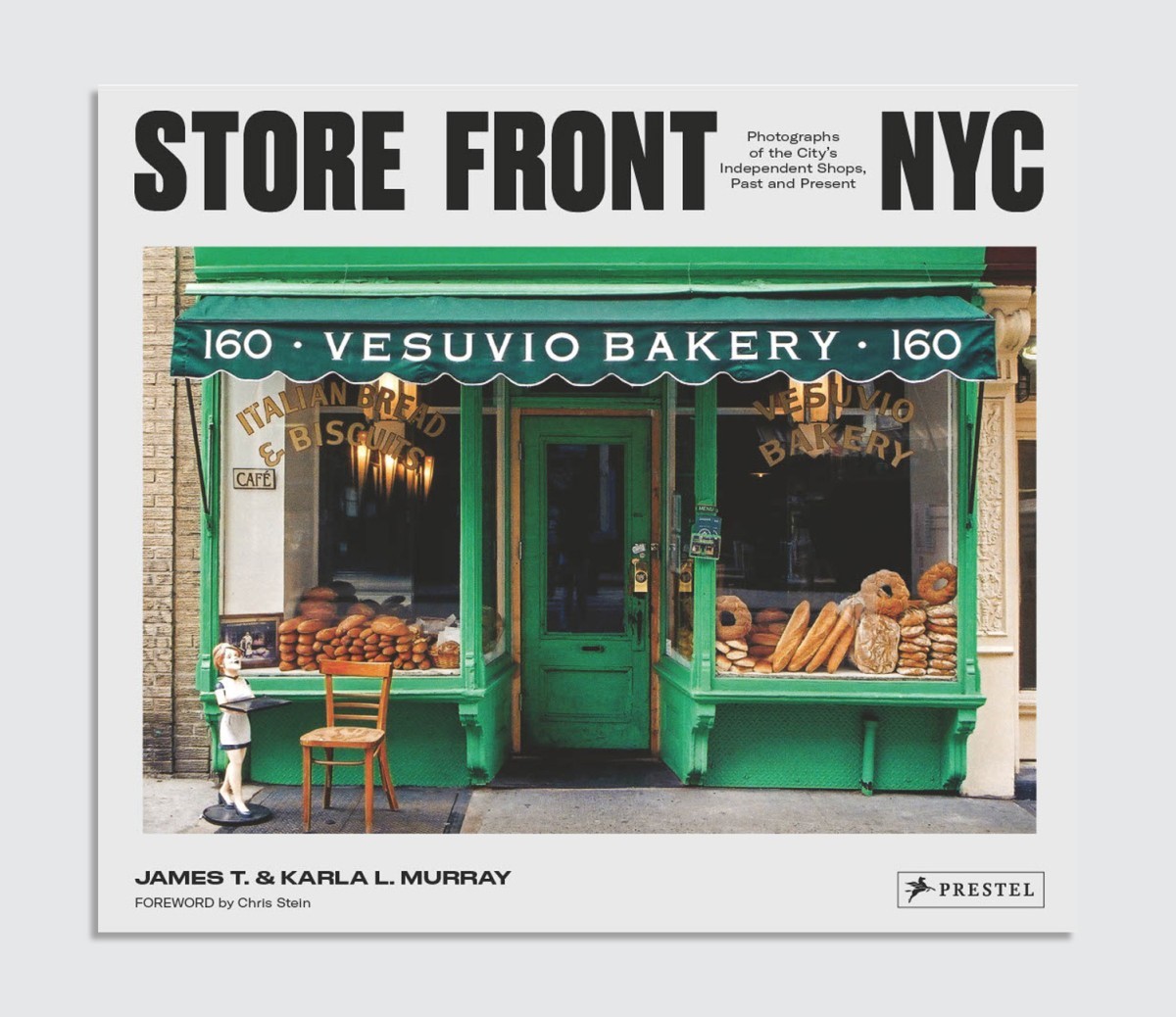
Store Front NYC is a celebration of small business. It combines some of New York City’s most beloved mom-and-pop shops, with their exact addresses, so you can pay them a visit, “and get yourself an egg cream from Ray’s Candy Store,” says Karla. The new book includes plenty of stores that have closed shop—including Clover Delicatessen in Kips Bay, and Lenox Lounge in Harlem—but of the 200 or so shops featured, more than half are still in business (at least at the time of publishing.)
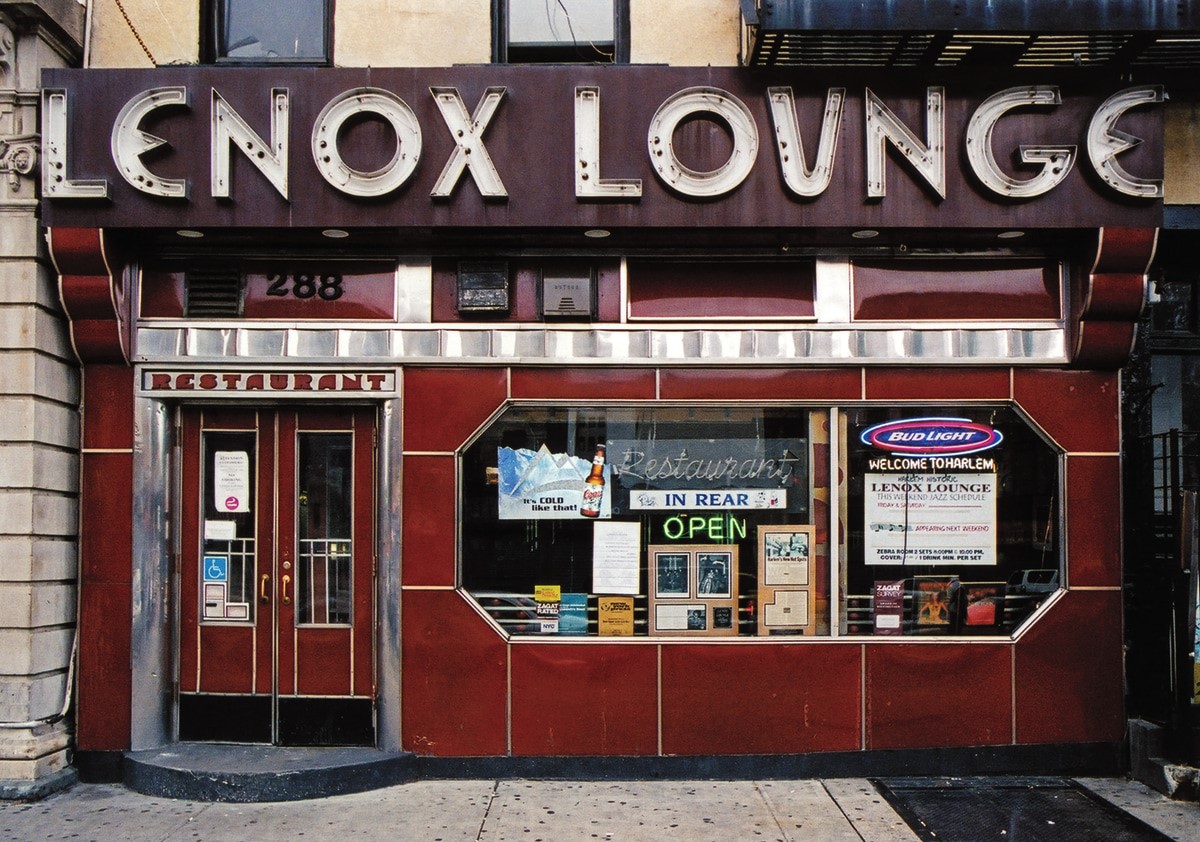
One such example lies in Carroll Gardens, Brooklyn. Caputo’s Bake Shop has been around since the Caputo family moved to the U.S. from Sicily and opened the shop in 1904. One reason that Caputo’s is alive while so many other bakeries have folded is that Caputo has evolved with the times, says Karla. It is now run by a 5th generation Caputo who worked on Wall Street for ten years before joining the family business. James Caputo took care of bookkeeping, built an inventory, and vastly expanded the bake shop’s offering to include specialty breads, traditional Italian biscott, fruit pies, and more. The bakery even has an Instagram account.
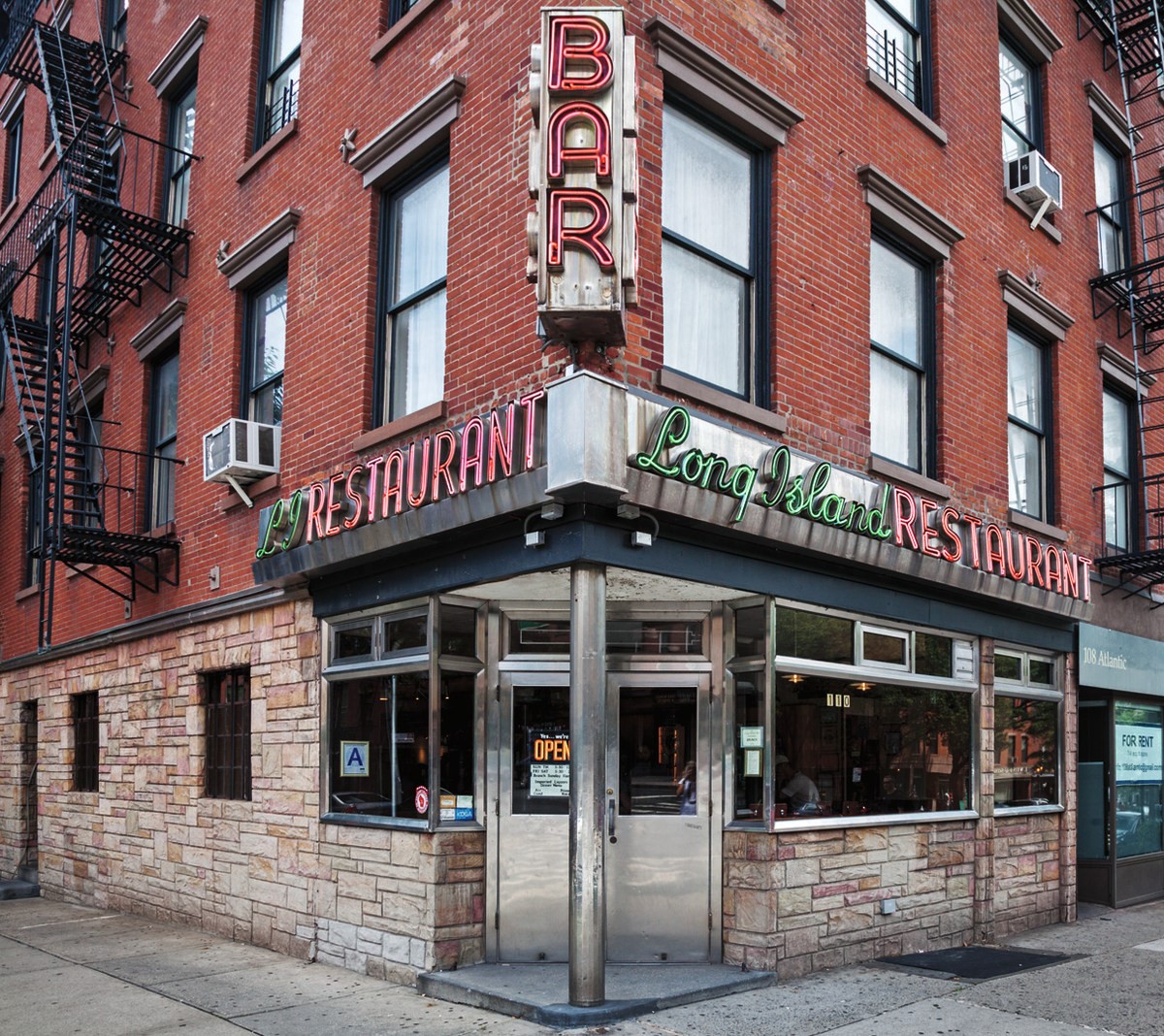
Over in Cobble Hill, the Long Island Bar & Restaurant has also been through a lot since it first opened in 1951. “It was more a dive-y bar owned by a family that lived above the bar,” says Karla. The bar eventually closed in 2008, then reopened under new management in 2013, after the new owners spent a year and a half restoring both the interior and the iconic red and green neon sign that had been broken since the 1970s. In line with the trendy neighborhood’s other offerings, the updated bar is more expensive than its predecessor, says Karla, but it got a second lease on life.
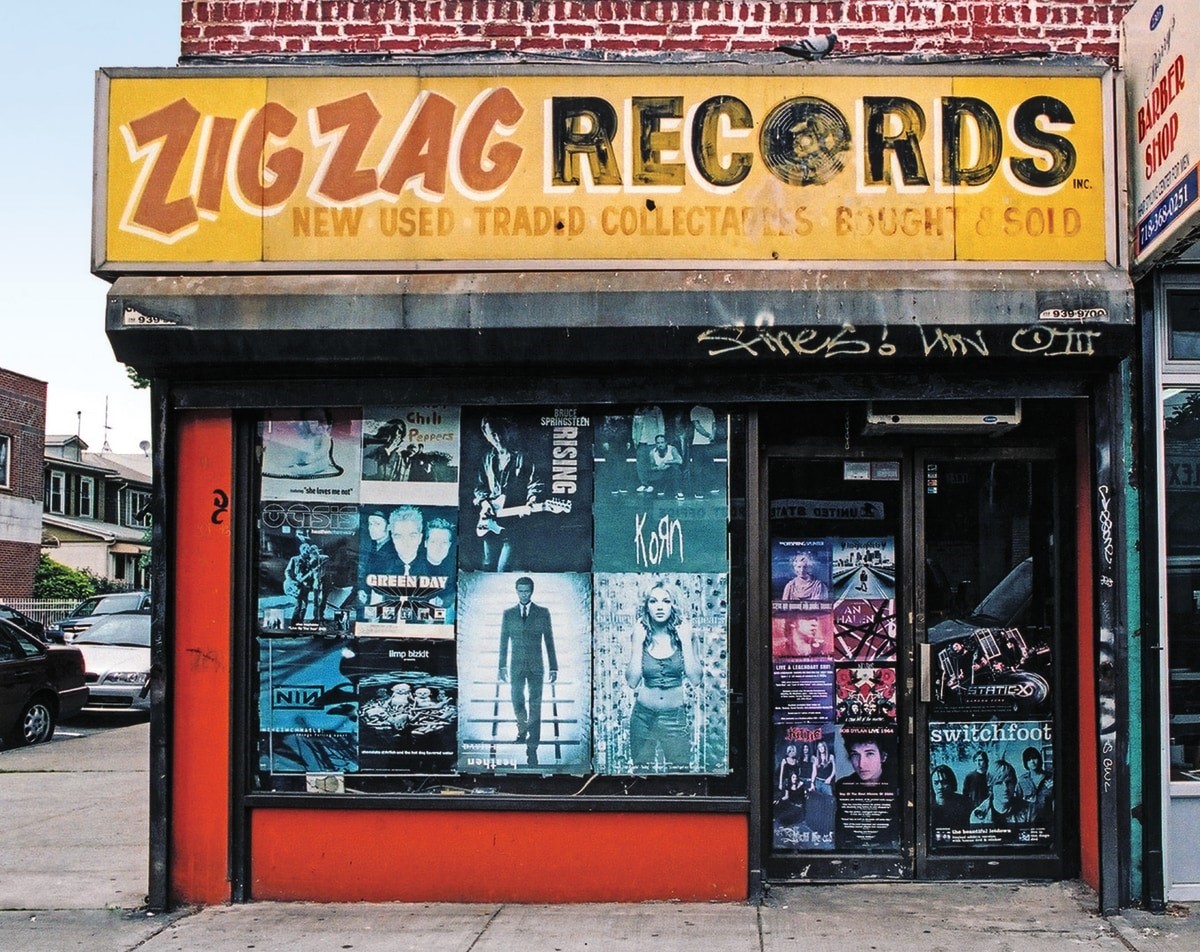
Data on small businesses is notoriously scarce, but according to the Chamber of Commerce, 8% of small businesses today fail within their first year, and about 65% by their tenth year in business. The pandemic certainly didn’t help. According to The New York Times, almost one in three small businesses in the country couldn’t survive for more than three months without additional capital or a change in business conditions in 2022.
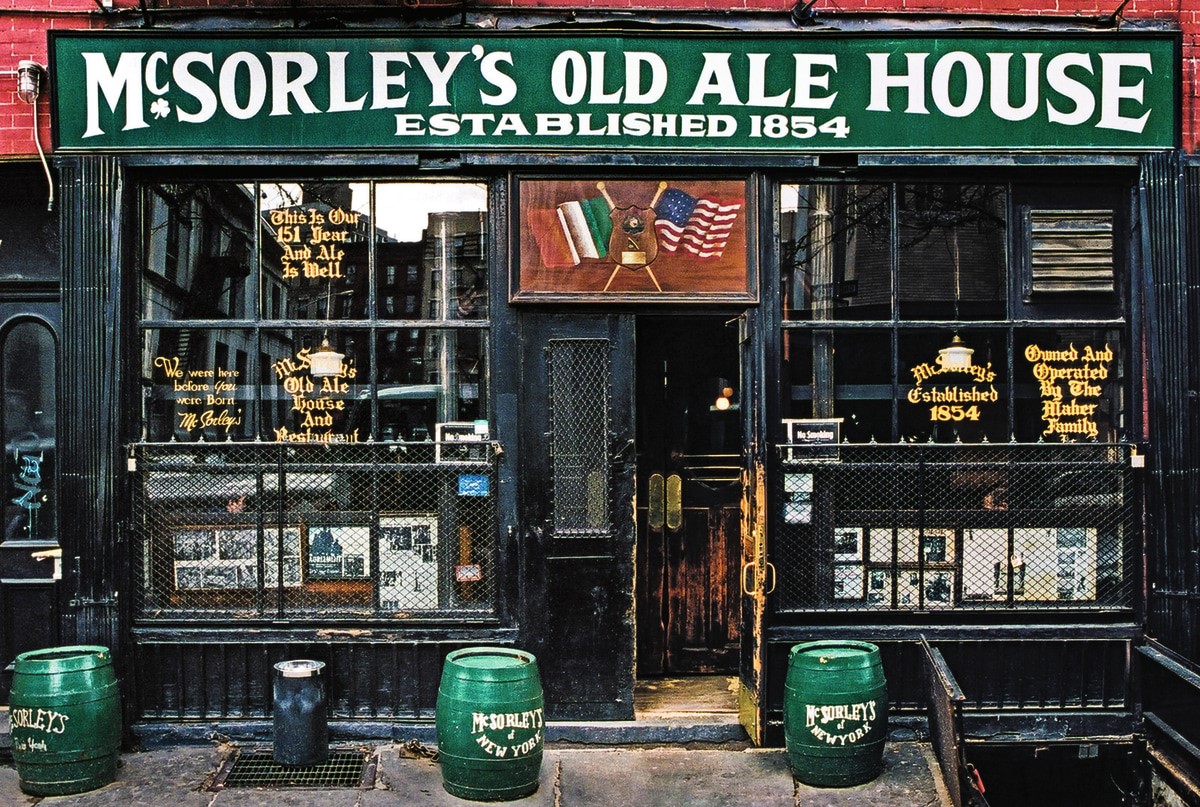
The Murrays have interviewed hundreds of independent shop owners over the past 20 years, and they say that the the number one reason for their demise—at least in NYC—is that the owners didn’t own the building and ended up being priced out. This is what happened 20 years ago, when Katie’s Candy Store in Bed Stuy closed after her landlord tripled the rent. And it is what happened earlier this year, when Alleva, a 130-year-old cheese shop in Little Italy, closed with more than $600,000 in debt to its landlord.
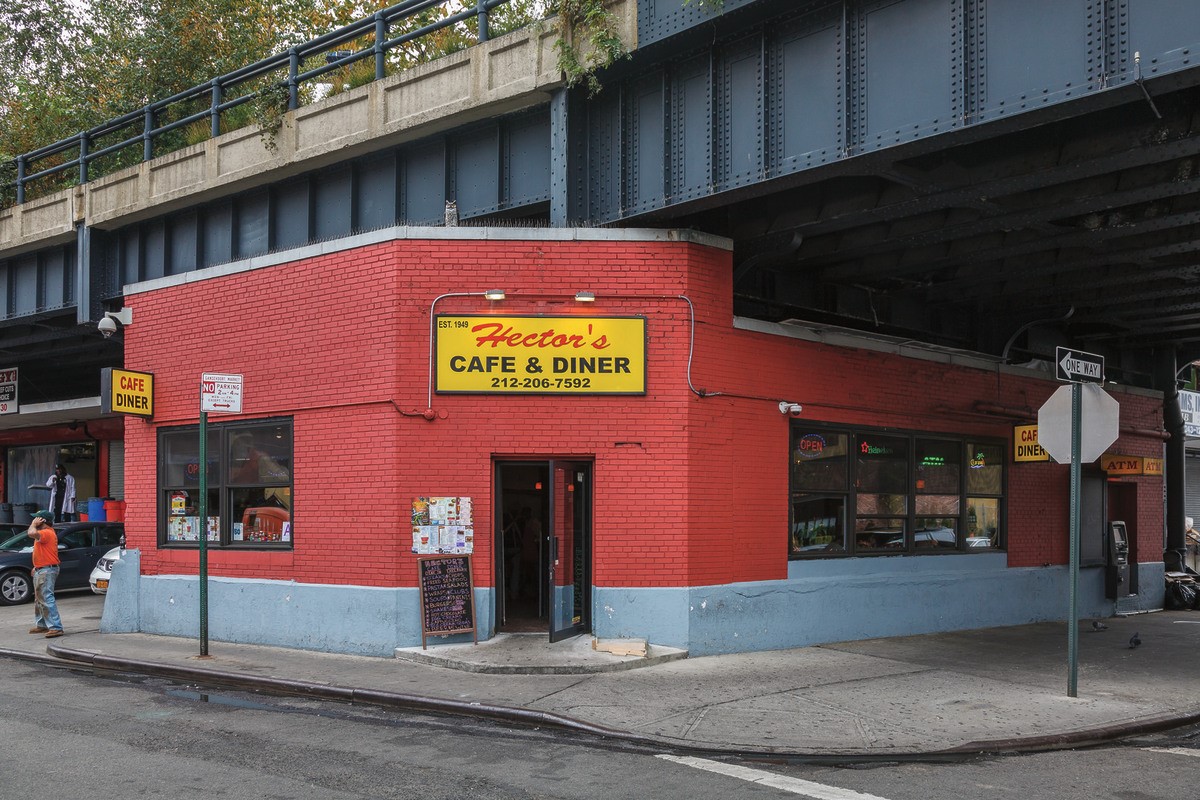
Thats why the Murrays have become the stewards of mom-and-pop stores in NYC. Their Instagram page is filled with vignettes and stories paying homage to those that have gone, and celebrating those who remain. When I tell them I can’t wait to find the nearest one to my house, Karla exclaims: “That’s exactly what we want people to do when they hold the book: to walk around and discover these places for yourself and shop there, because the only thing that’s going to save these stores is people, customers.”
(18)

